Table of Contents
The Japanese flag, also known as the flag of Japan, holds a significant place in the nation’s history and culture. With its simplistic yet profound design and meaningful symbolism, it represents the Japanese identity and heritage. In this article, we will delve into the intriguing aspects of the Japanese flag, its design, historical background, and the symbolism behind its elements.
The Japanese flag features a white field with a red disc at the center. The white color symbolizes purity and honesty, while the red disc represents the sun, in reference to Japan being the “Land of the Rising Sun”. The red and white combination has historical significance in Japanese culture.
Japan Flag: Colors and Symbolism
- The flag of Japan features a white field with a red circle in the center.
- The white color symbolizes purity, honesty, and integrity upheld by the Japanese people.
- The red color represents passion, warmth, and the sun, which is central to Japanese culture and identity.
- The red circle symbolizes the rising sun, which has profound historical and cultural significance in Japanese tradition.
- The flag’s design reflects the nation’s aspirations, cultural heritage, and unity among the Japanese people.
Flag of Japan

The flag stands as a powerful symbol that encapsulates the cultural significance and spirit of the nation. Its design consists of a white field with a central red disc. The white color symbolizes purity and honesty, reflecting the sincere nature of the Japanese people. The red color represents the sun, indicative of Japan as the “Land of the Rising Sun”, and it embodies the brightness, warmth, and positive energy of the nation.
The history of the flag is intertwined with Japan’s rich heritage and its cultural evolution. Adopted on August 5, 1854, the flag represents the unity and aspirations of the Japanese people.
Beyond its aesthetics, the flag from Japan carries deep symbolic meanings. The colors reflect the values and aspirations of the Japanese people, symbolizing purity, honesty, and brightness. The central red disc represents the sun, a pivotal element in Japanese tradition. It embodies Japan’s cultural heritage and serves as a reminder of the nation’s harmony and unity.
National Flag Etiquette and Protocol
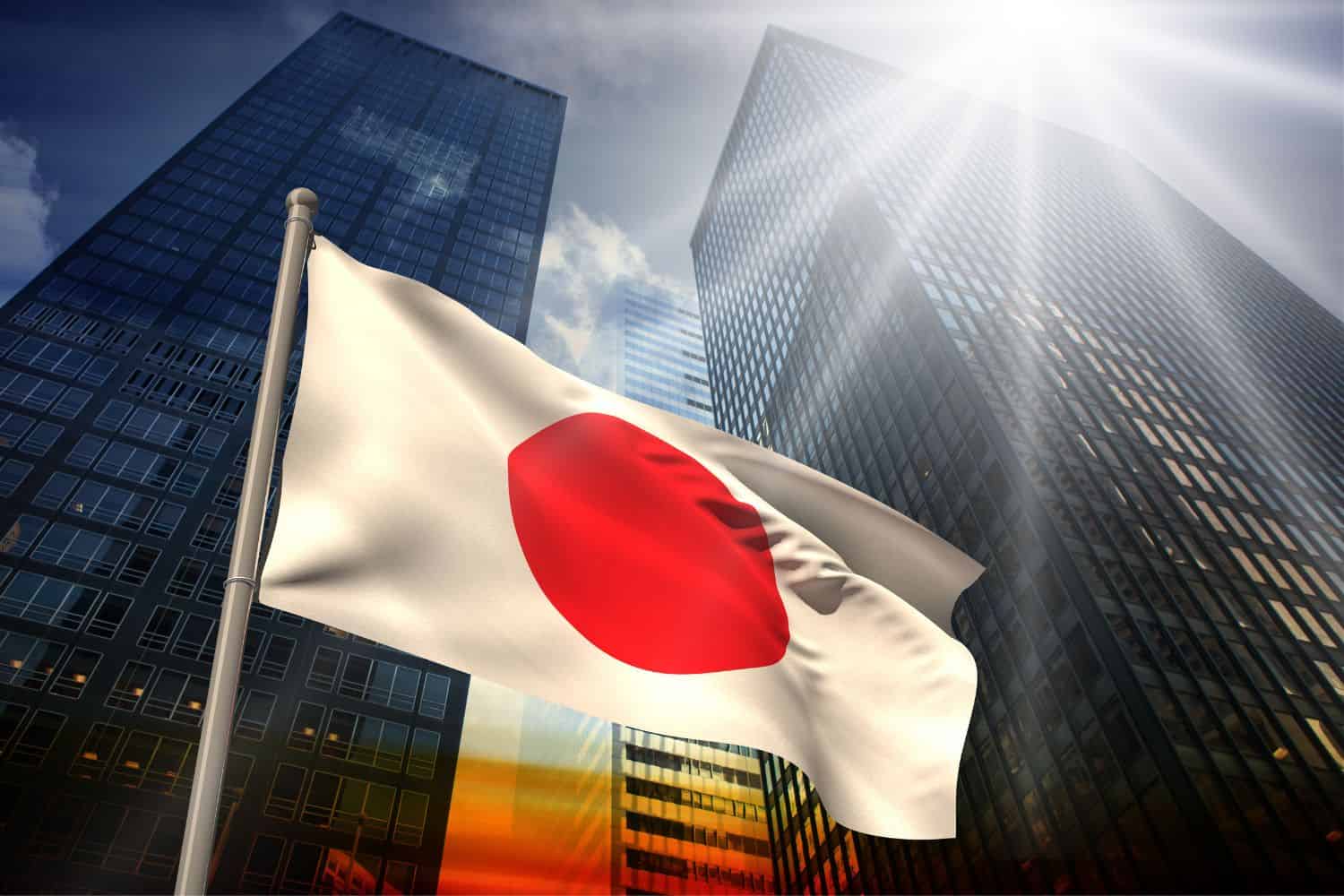
Respecting the proper usage and display of the Japanese flag is of utmost importance. Understanding flag etiquette is essential, especially during national events and ceremonies. Learn about the protocols governing the handling, hoisting, and lowering of the flag. Discover the appropriate procedures for retiring or handling damaged flags, ensuring they are accorded the respect they deserve.
- Proper Handling: The Japanese flag, known as the Nisshōki in official settings and Hinomaru in daily use, should be handled with care and respect, ensuring it is not allowed to touch the ground or floor. It should be held upright and not dragged.
- Hoisting and Lowering: When hoisting the flag, it should be raised briskly and lowered ceremoniously. It is customary to hoist the flag at sunrise and lower it at sunset, although this may vary depending on the occasion or specific guidelines.
- Displaying the Flag: The Japanese flag should be displayed with a white field and a centered red circle, representing the sun. It should be flown freely and not entangled or obstructed.
- Half-Staff: Lowering the flag to half-staff is a gesture of mourning or respect. This should be done on specific days of remembrance or when directed by authorities to honor national tragedies or the passing of significant figures.
- Flag Retirement: When a Japanese flag becomes damaged, torn, or worn out, it should be retired in a dignified manner. This can involve burning it in a respectful and solemn ceremony, following appropriate guidelines and local regulations.
- Flag Size and Placement: The size of the Japanese flag displayed should be proportionate to the size of the flagpole or display area. It is recommended to consult local guidelines or authorities for specific rules regarding flag size and placement.
- Respectful Disposal: If a flag cannot be retired through burning, it should be disposed of in a respectful manner. This can involve burying it or handing it over to authorized organizations that specialize in flag disposal.
Interesting Facts and Trivia
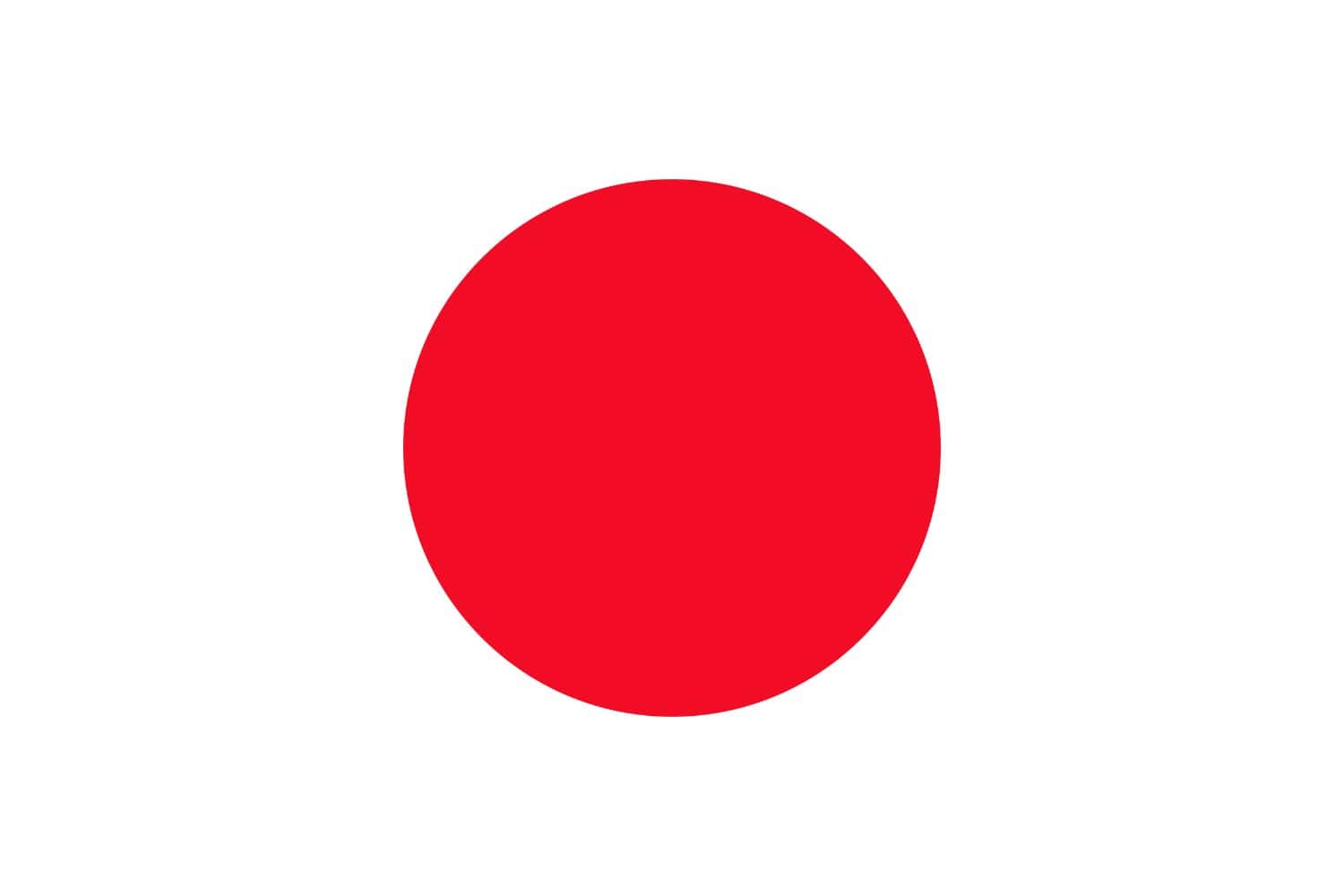
Embark on a journey of fascinating facts and lesser-known trivia about the Japanese flag. Discover unique features within the flag’s design that hold hidden symbolism. Uncover stories of famous incidents or events involving the flag that have left an indelible mark on the nation’s history and identity.
Rich Tapestry of History
- 1870: The current flag of Japan, known as the Nisshōki in official settings and Hinomaru in daily use, is adopted on August 5, symbolizing the country’s tradition and the spirit of the Japanese people.
- Colors and Symbolism: The white color represents purity and honesty, while the red circle symbolizes the sun, indicative of Japan’s nickname “Land of the Rising Sun”.
- Sun Disk: The red circle in the center of the flag represents the sun, reflecting Japan’s eastern position relative to the Asian continent.
- National Identity: The flag embodies Japan’s long history, cultural heritage, and the nation’s ongoing pursuit of unity, prosperity, and peace.
These historical facts highlight significant moments in the history of the Japanese flag, showcasing its role in shaping Japan’s national identity and symbolizing its evolution and aspirations throughout the years.
Flag-Related Symbols and Emblems
A flag is not alone in representing the nation’s identity. Explore additional national symbols and emblems closely associated with Japan, understanding their significance and how they relate to the flag. Delve into their historical and cultural roots, further enriching your understanding of Japan’s heritage. It’s easy to travel and make a Japan tour to visit the country’s best destinations.
Symbolisms of the Japanese Flag
The flag of Japan holds several symbolic elements that represent the nation’s history, values, and aspirations. Here are the symbolisms of the Japan flag presented in itemized form:
- Red Color: Represents bravery, valor, and the sacrifices made by the Japanese people throughout history.
- White Color: Symbolizes purity, integrity, and the peaceful nature of Japan.
- Red Circle: Represents the sun, indicative of Japan’s nickname “The Land of the Rising Sun,” holding historical and cultural significance in Japanese tradition.
- Flag’s Design: Reflects Japan’s aspirations, cultural heritage, and unity among the Japanese people.
- National Identity: The flag serves as a powerful symbol that unifies the Japanese people, reminding them of their shared heritage and cultural identity.
- National Aspirations: Through its design and elements, the flag embodies the aspirations and values of the Japanese nation, including bravery, purity, unity, and tradition.
These symbolisms in the flag contribute to the country’s sense of identity and pride, reflecting its historical journey and cultural significance.
Flags of Similar Countries or Regions
Examining the flags of neighboring countries or regions around Japan can provide intriguing insights. Compare and contrast the flags, exploring similarities in design, colors, or symbolism. Uncover historical and cultural connections between flags, shedding light on shared influences or distinctive identities.
Japanese Flag vs South Korean Flag
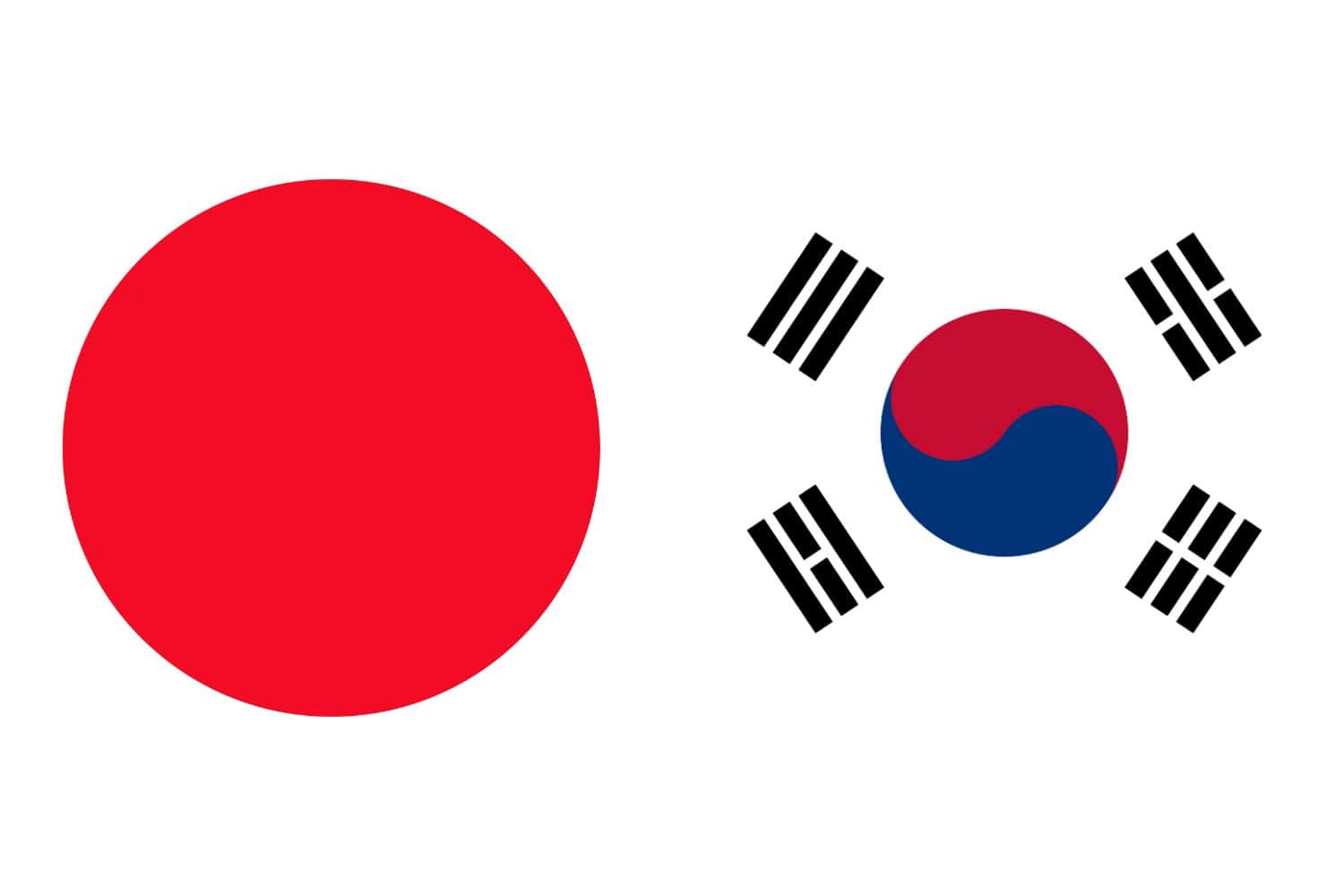
Similarity: Both flags feature a primarily white background.
Difference: The South Korean flag includes a blue and red yin-yang symbol in the center with four black trigrams at each corner.
Japanese Flag vs Chinese Flag
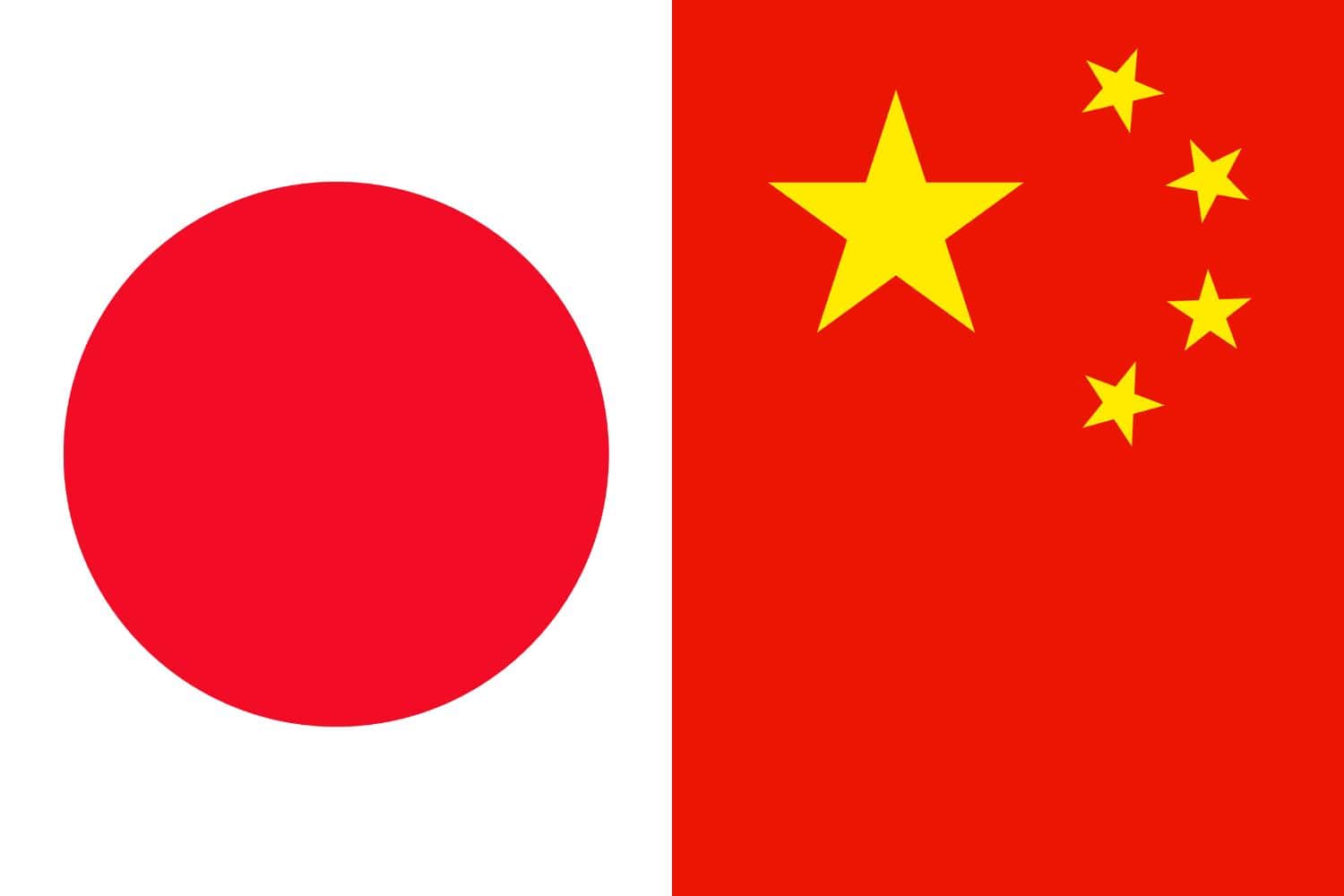
Similarity: Both flags feature a red color prominently.
Difference: The Chinese flag includes five yellow stars in the top left corner, with one large star and four smaller ones surrounding it.
Japanese Flag vs Taiwanese Flag

Similarity: Both flags incorporate a red field.
Difference: The Taiwanese flag includes a blue rectangle in the top-left corner with a white sun in it.
Japanese Flag vs Filipino Flag
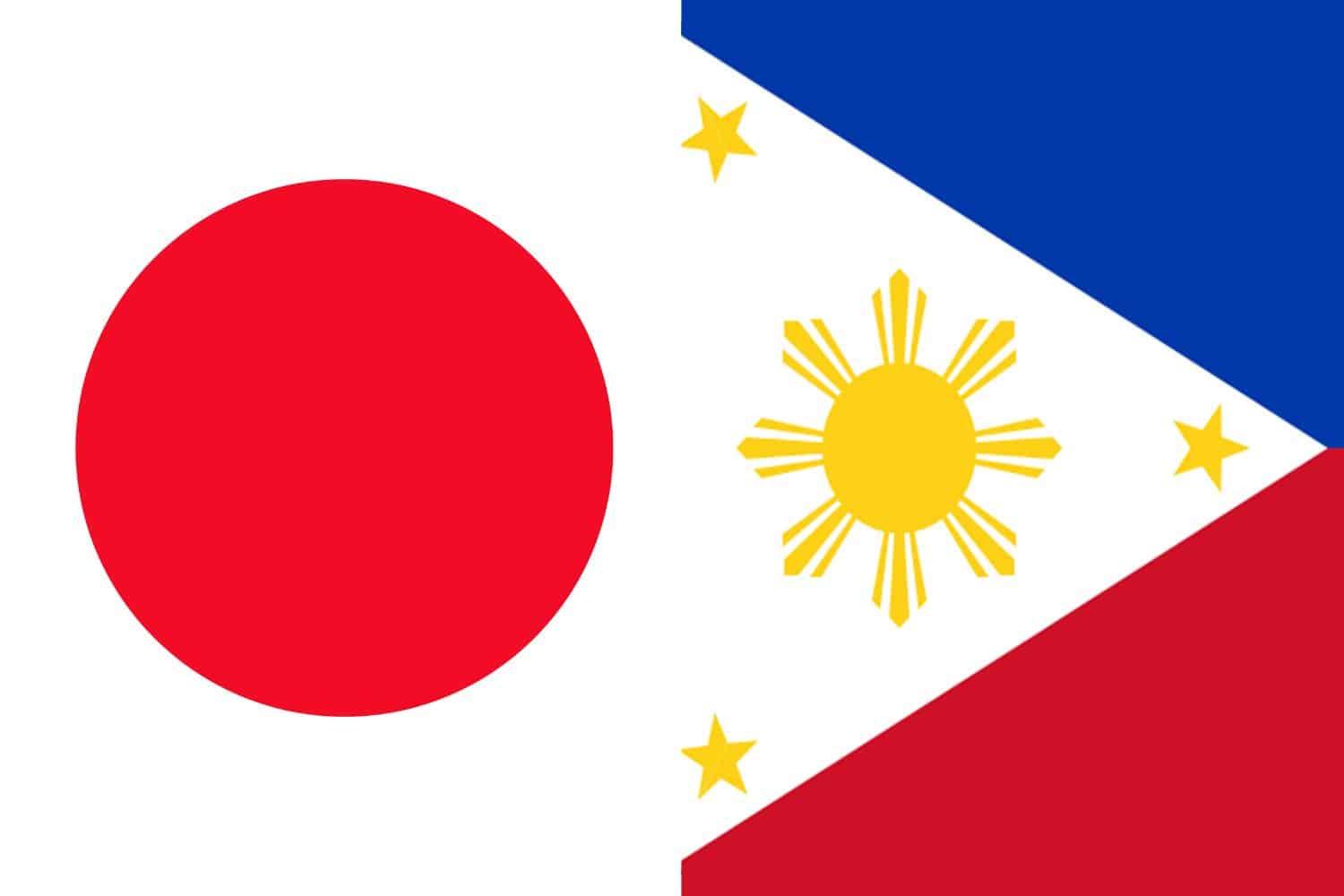
Similarity: Both flags feature red and white colors.
Difference: The Filipino flag includes a blue stripe on the top, a red stripe on the bottom, a white triangle on the hoist side containing a yellow sun with eight rays, and three yellow stars at each corner of the triangle.
Japanese Flag vs Vietnamese Flag
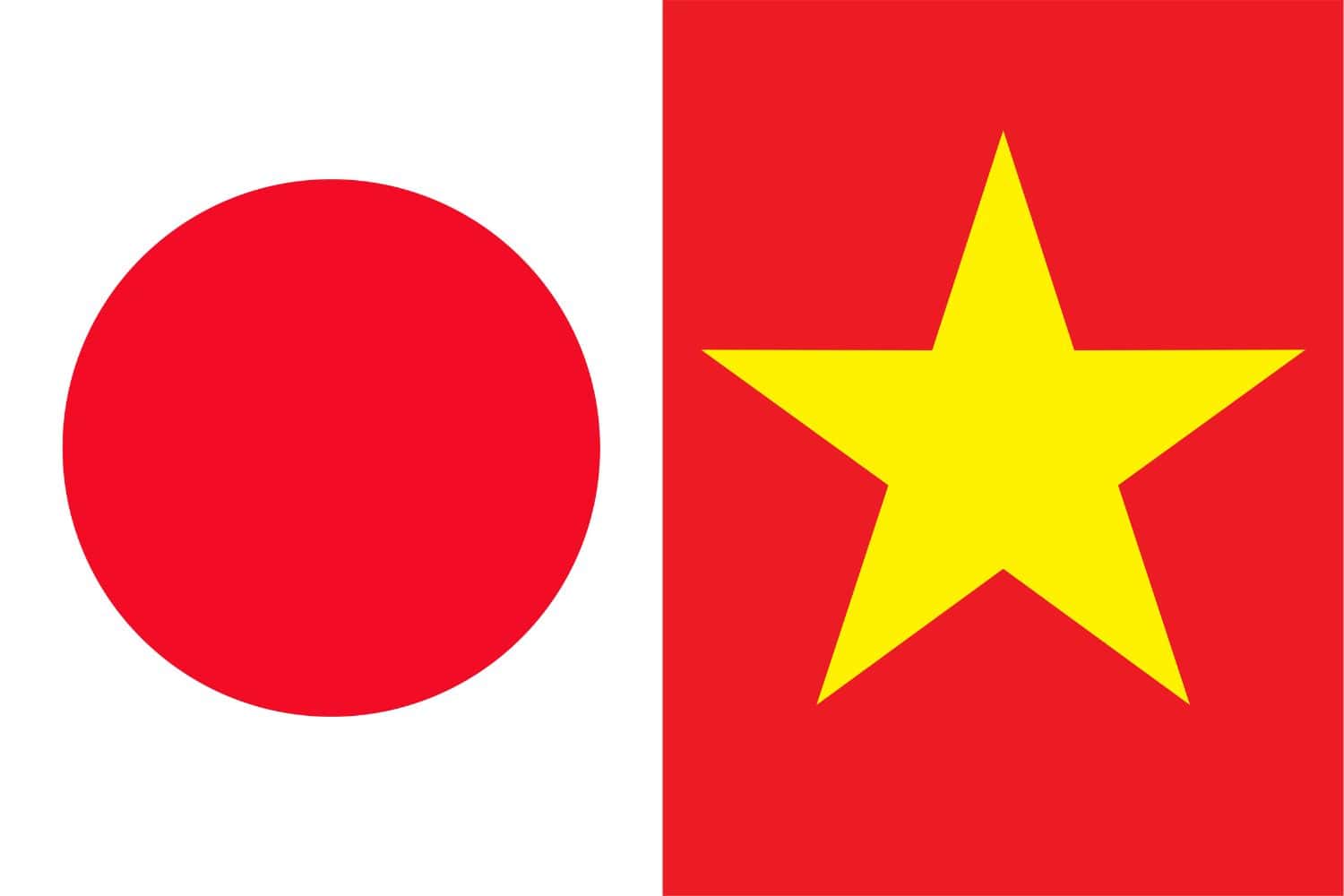
Similarity: Both flags prominently use the color red.
Difference: The Vietnamese flag includes a large yellow star in the center.
Japanese Flag vs Thai Flag
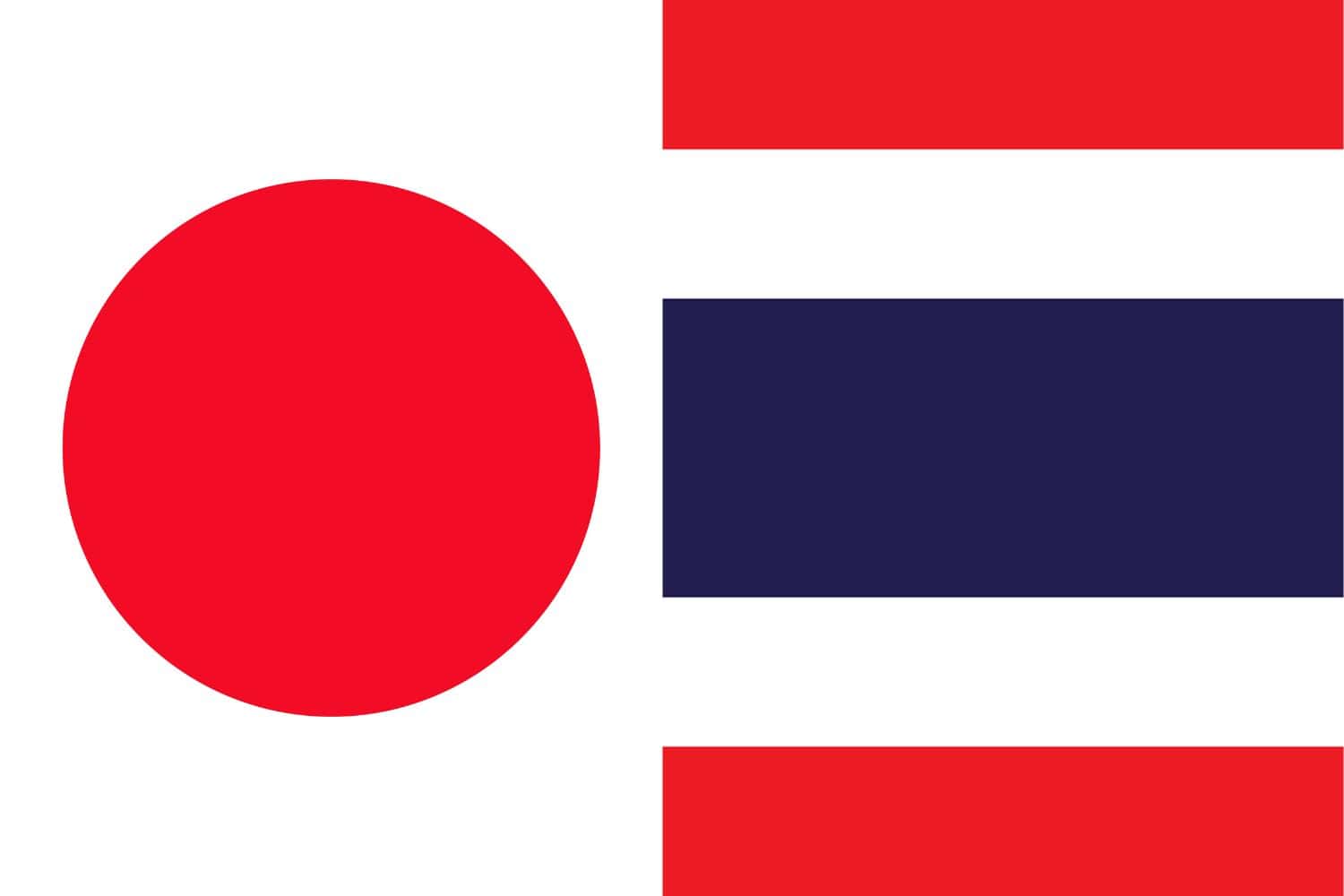
Similarity: Both flags feature red and white stripes.
Difference: The Thai flag includes blue stripes in addition to the red and white ones.
Frequently Asked Questions (FAQs)
Discover answers to common questions related to the Japan flag picture. From its historical origins to the symbolism behind its elements, find concise and informative responses that address inquiries commonly posed by those curious about Japan’s flag.
What does the Japanese flag represent?
The flag symbolizes the sun, with the white background representing purity and honesty, and the red circle signifying the sun and brightness.
When was the current design of the Japanese flag officially adopted?
The current design was officially adopted on August 5, 1854, though it has been in use in some form for many centuries.
Has the design of the Japanese flag changed over time?
While the basic concept of a red sun on a white background has remained consistent, the exact specifications for the size and shade of the circle have been modified over the years.
What is the official name of the Japanese flag?
The flag’s official name is “Nisshōki” (日章旗) in the Japanese government and “Hinomaru” (日の丸) in daily use.
Is it true that there is a different version of the flag for maritime use?
Yes, the “Nisshōki” is used as the civil ensign by merchant vessels.
Why is the sun a significant symbol in Japanese culture?
Japan is often referred to as “The Land of the Rising Sun” due to its eastern position relative to the Asian continent. The sun has spiritual significance and is deeply rooted in Japanese culture and Shinto religion.
How should the flag be displayed during a national mourning period?
During times of national mourning, it’s customary for the flag to be flown at half-mast.
Are there any specific guidelines for the disposal of old or worn-out Japanese flags?
Old or worn-out flags should be treated with respect. Traditionally, they should be burned in a dignified manner, ensuring that they are fully consumed by the flames.
Can the flag be displayed every day?
While there are no restrictions against daily display, it is especially encouraged on national holidays like National Foundation Day or the Emperor’s Birthday.
What are the proportions of the Japanese flag?
The flag has a proportion of 2:3, with the red circle positioned at the center of the white field.
More About Japan
[the-post-grid id=”50378″ title=”Japan Main page”]
